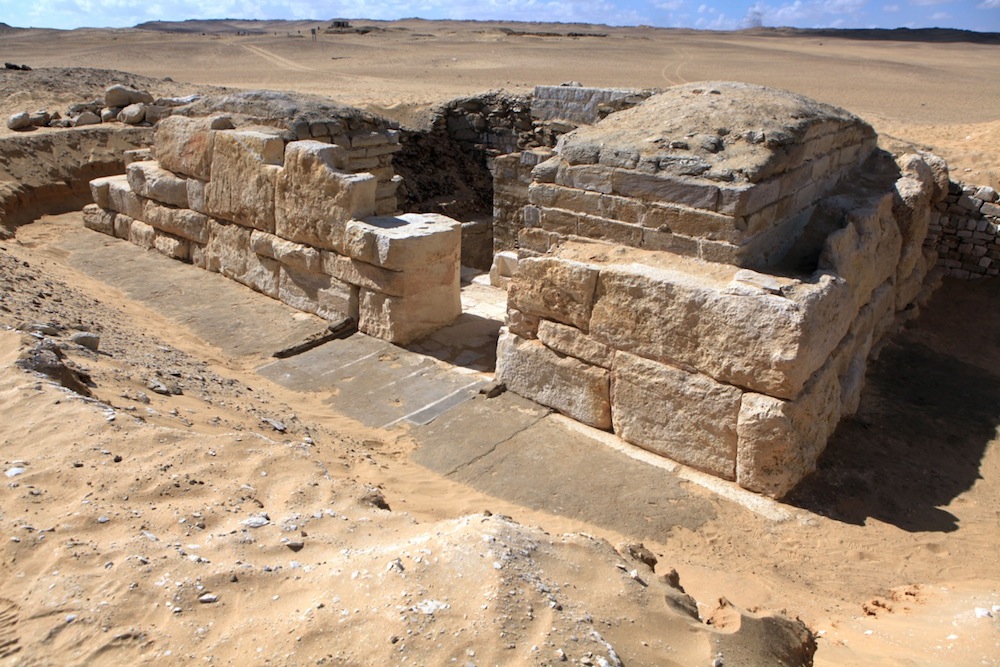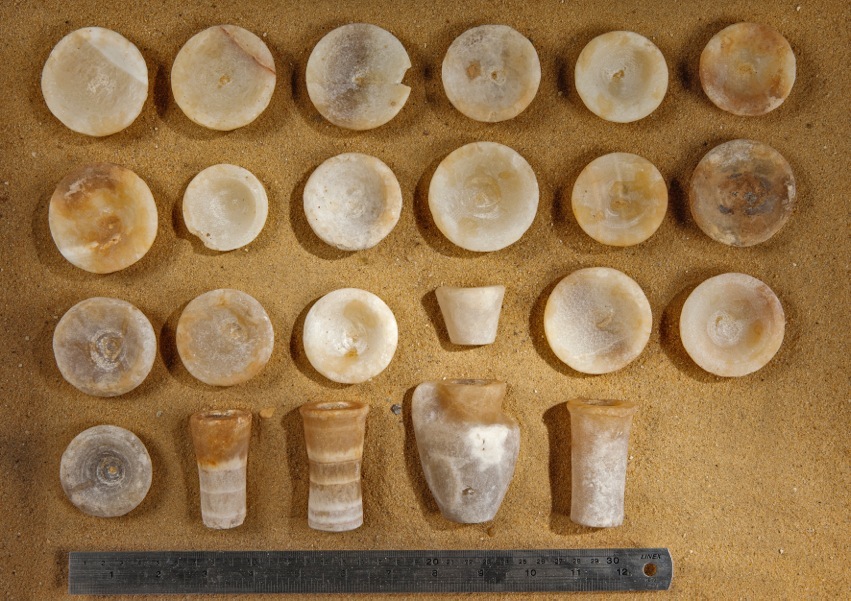Tomb of Unknown Queen Discovered in Egypt

The tomb of a previously unknown Egyptian queen was discovered in a pyramid necropolis southwest of Cairo, officials said yesterday (Jan. 4).
The monarch is believed to be the wife of Pharaoh Neferefre, also known as King Raneferef, who ruled approximately 4,500 years ago. The queen's tomb was found in Neferefre's funeral complex at Abu Sur, a necropolis dedicated to the pharaohs of the Fifth Dynasty of the Old Kingdom (2494-2345 B.C.), archaeologists from the Czech Institute of Egyptology said in a statement.
It's the "first time we have discovered the name of this queen who had been unknown before the discovery of her tomb," antiquities minister Mamdouh al-Damaty said in a statement, according to AFP. [Gallery: Amazing Egyptian Discoveries]
Her name was Khentakawess, but she is actually Khentakawess III, because two previous queens are known to have had that name, al-Damaty said. The queen's name and rank were carved into the tomb's inner walls, probably by the builders, he said.
In addition to the "wife of the king," the inscription also identified the queen as the "mother of the king," likely referring to Pharaoh Menkauhor Kaiu, the seventh ruler of the Fifth Dynasty, who ruled from about 2422 to 2414 B.C.

The aboveground part of the tomb consists of a "mastaba," a flat-roofed rectangular structure with sloping sides built out of brick or stone, and a burial chapel, which originally had a pair of false doors in the west wall, the researchers said. The underground part of the tomb consists of a burial chamber reached through a shaft roughly a dozen feet deep.
Although grave robbers have long since raided the tomb, the archaeologists still found two dozen utensils made of limestone and copper.
Get the world’s most fascinating discoveries delivered straight to your inbox.
Pharaoh Neferefre's pyramid was never completed, possibly because his reign lasted only 2 to 3 years, according to The Huffington Post.
Follow Tanya Lewis on Twitter. Follow us @livescience, Facebook & Google+. Original article on Live Science.

